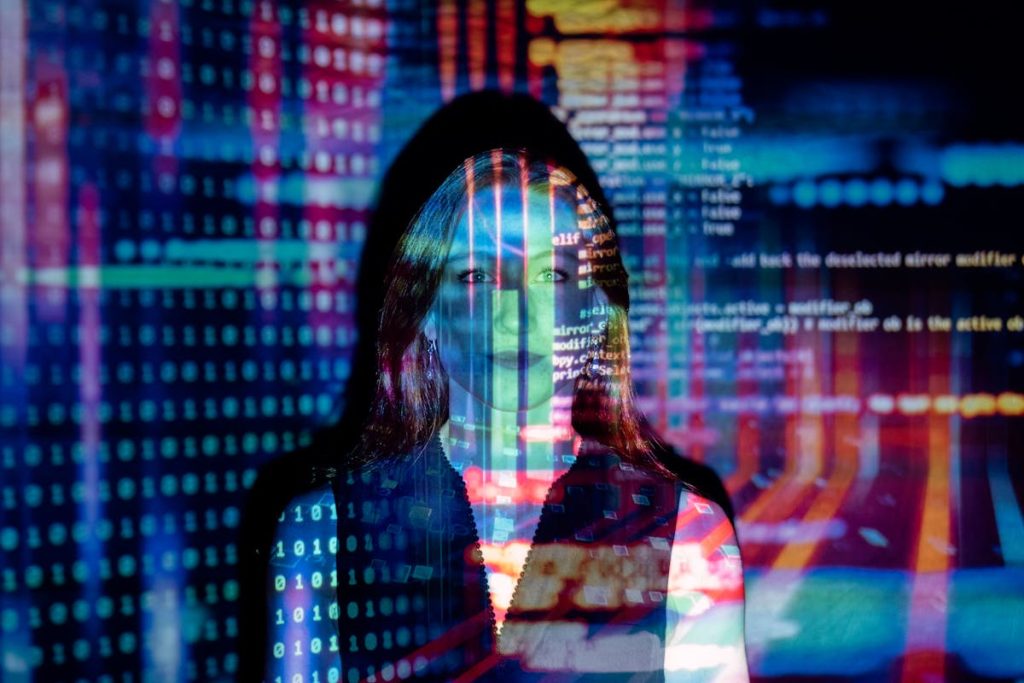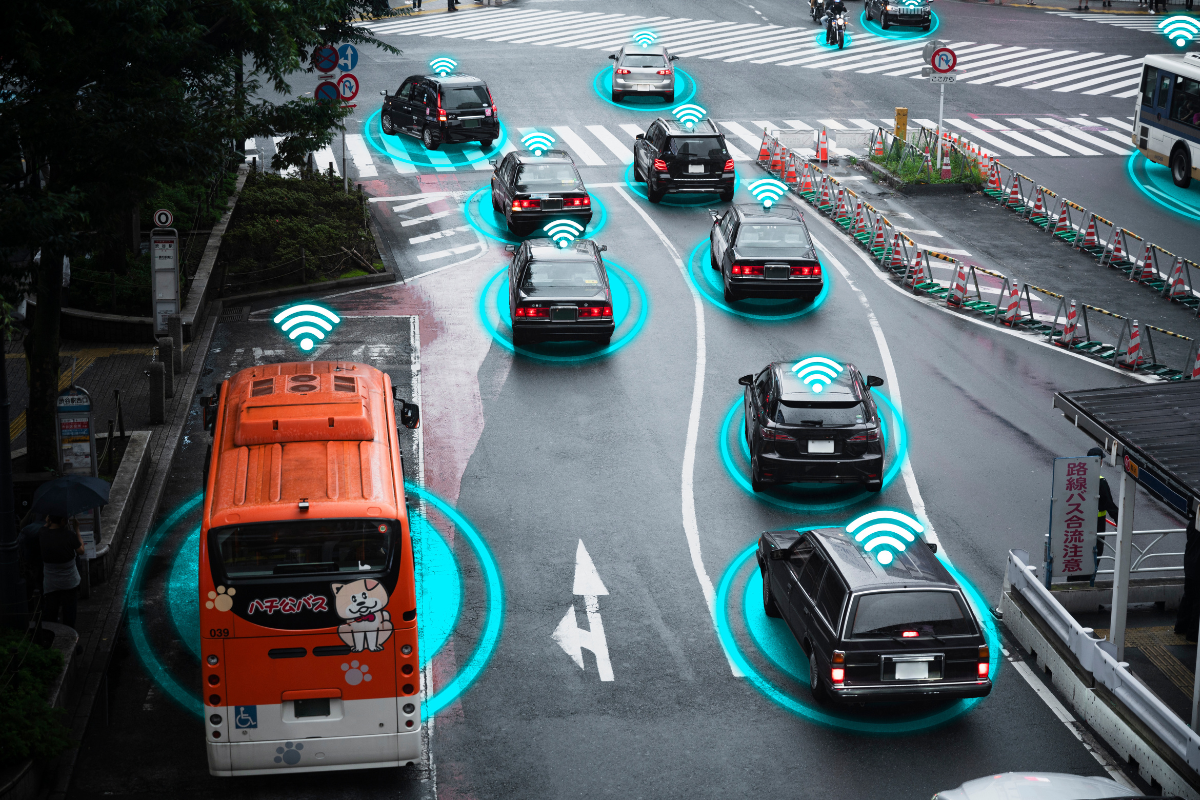Gen AI: The New Scriptwriter of Media
Generative AI is transforming the media industry, enabling innovative content creation, automation, and personalization at an unprecedented scale. However, as its influence grows, the technology brings with it a host of ethical and creative challenges that need to be addressed. This blog explores how generative AI is reshaping the media landscape and the critical ethical and creative considerations that come with its widespread use.
What is Generative AI?
Generative AI refers to a subset of artificial intelligence systems that can generate new content, such as text, images, audio, or video, based on learned patterns from large datasets. Unlike traditional AI, which focuses on decision-making or analysis, generative AI creates new data or media, opening the door for unique applications in the media and entertainment industries.
Some well-known examples include:
- Text Generation: AI systems like GPT (Generative Pre-trained Transformer) can write articles, stories, or social media posts.
- Image Generation: Platforms like DALL·E and Stable Diffusion create artwork or realistic images from textual descriptions.
- Video and Audio Creation: AI tools can produce realistic videos or deepfake technology that manipulates or generates video content.
The Creative Opportunities of Generative AI in Media
Generative AI is pushing the boundaries of creativity in the media industry, offering numerous possibilities:
1. Enhanced Content Creation
Generative AI helps media professionals produce high-quality content faster. Automated scriptwriting, video production, and even sound design can be streamlined, allowing creators to focus on higher-level creative processes. AI-generated music and artwork also provide fresh ideas and styles that human creators can build upon.
2. Personalization and Audience Engagement
Generative AI enables media companies to produce hyper-personalized content tailored to individual preferences. From personalized news articles to custom advertisements, AI can analyze user data to craft content that resonates with the audience, improving engagement and satisfaction.
3. Automation of Repetitive Tasks
Many tasks in the media production process, such as editing, proofreading, and graphic design, can be automated with AI, freeing up human workers for more complex creative roles. This leads to faster turnaround times and more efficient workflows in media organizations.
Ethical Challenges in Generative AI for Media
While the potential benefits of generative AI in media are vast, the technology also presents several ethical challenges that need careful consideration:
1. Misinformation and Deepfakes
One of the most significant ethical concerns is the potential for generative AI to create misleading content, including deepfakes—hyper-realistic but fabricated videos or images that can deceive audiences. Deepfakes can be used maliciously to impersonate individuals or spread false information, undermining trust in media and complicating the battle against misinformation.
2. Copyright and Intellectual Property Issues
One of the foremost ethical concerns is the use of copyrighted material without proper attribution or compensation. For instance, OpenAI’s promotion of ChatGPT’s image-generation feature, which allowed users to create visuals in the style of Studio Ghibli, sparked controversy. Critics argue that this replication violates artists’ rights and dilutes their work’s economic and cultural value.
In response to such concerns, prominent UK creatives, including Paul McCartney and Dua Lipa, have urged the government to pass an AI copyright transparency law. This proposed legislation would require AI firms to disclose copyrighted works used to train their models, aiming to protect the £120 billion UK creative sector from unauthorized exploitation.
3. Bias and Representation
Generative AI models learn from vast datasets, which often include biased or unrepresentative data. This can lead to the perpetuation of stereotypes or exclusion of certain groups in AI-generated content. Media companies must take steps to ensure that AI systems are trained on diverse, balanced data and that the resulting content represents a wide range of perspectives.
4. Job Displacement and Impact on Creators
While AI can enhance creativity, it also raises concerns about job displacement. As AI takes over repetitive tasks, human creators may face job insecurity. Additionally, AI-generated content might dilute the originality and personal touch that human creators bring to their work, leading to concerns about the long-term impact on the creative workforce.

Creative Challenges in Using Generative AI
Generative AI opens up new creative avenues, but it also presents challenges for creators:
1. Loss of Human Touch and Authenticity
AI-generated content, while impressive, can sometimes lack the emotional depth, intuition, and originality that human creators bring to their work. The over-reliance on AI tools might lead to content that feels mechanical or formulaic, potentially alienating audiences who value authentic, human-driven creativity.
2. Quality Control and Artistic Integrity
With the sheer volume of AI-generated content available, it becomes harder to ensure consistent quality. AI may create content that technically meets the brief but falls short in terms of artistry, nuance, or emotional impact. For creative industries, maintaining artistic integrity becomes a challenge when relying on algorithms to produce content.
3. Ethical Storytelling
AI can produce stories based on patterns and trends, but it struggles to create truly meaningful narratives that reflect the complexities of human experience. Relying on AI for storytelling could lead to oversimplified or formulaic content, which fails to explore deeper societal, cultural, or moral issues. Creators must ensure that AI-generated stories retain a sense of authenticity and empathy.
The Future of Generative AI in Media
The use of generative AI in media is still in its infancy, but it has the potential to reshape the industry in significant ways. As the technology evolves, so too must the ethical and creative frameworks around its use. Media companies, regulators, and creators will need to work together to address these challenges while harnessing the power of AI to enhance creativity and improve content production.
Moving Forward
To tackle the ethical challenges of generative AI, media organizations should prioritize transparency, accountability, and fairness. This includes clearly labeling AI-generated content, ensuring that AI systems are diverse and free of bias, and setting up clear guidelines for intellectual property rights.
For creators, the key will be to find a balance between using AI tools to enhance creativity while maintaining the human touch that makes art and storytelling meaningful. By combining the strengths of AI with the emotional intelligence and creativity of human artists, the media industry can thrive in an AI-powered future.
Conclusion
Generative AI offers incredible opportunities for innovation in the media industry, but it also presents a unique set of ethical and creative challenges. As the technology evolves, it will be crucial for both the media industry and society to address these concerns thoughtfully and responsibly. With the right frameworks in place, generative AI can be a powerful tool for driving creativity, improving efficiency, and enhancing audience engagement while ensuring that ethical considerations remain at the forefront.
By embracing both the possibilities and challenges of generative AI, the media industry can shape a future where technology and creativity work hand in hand.







